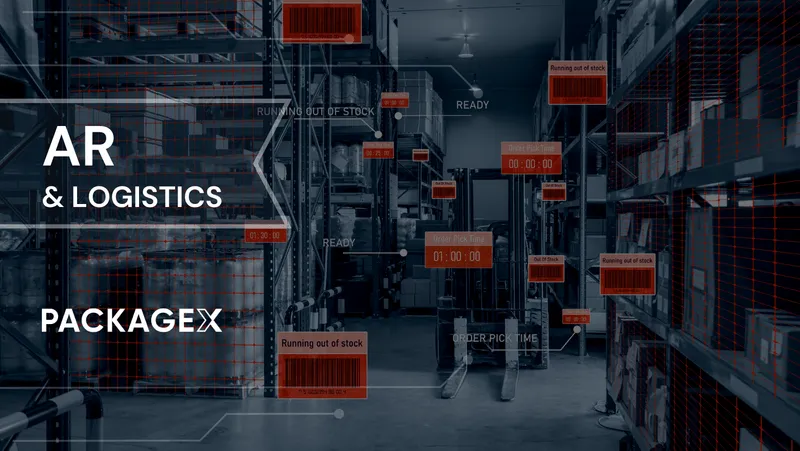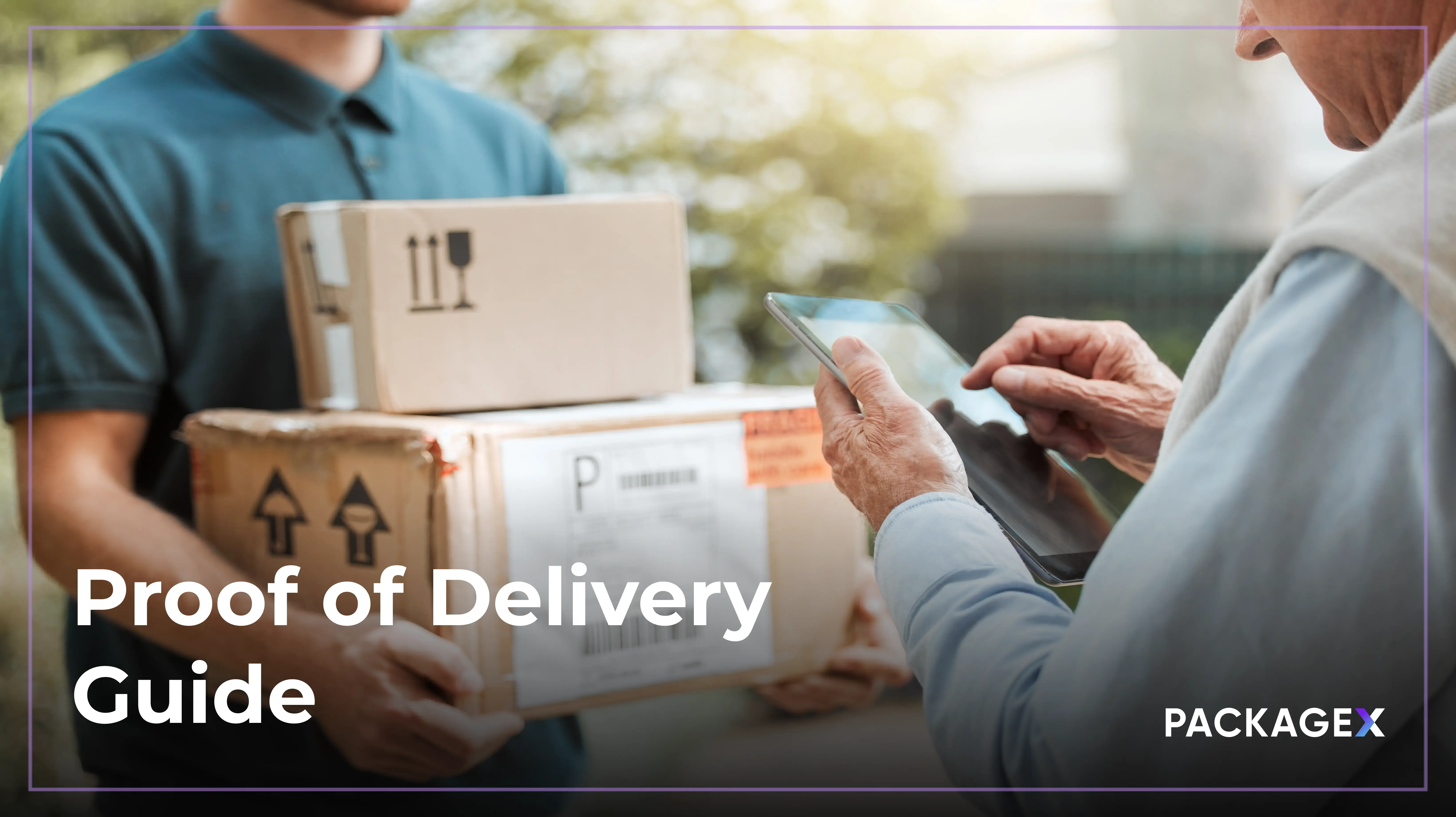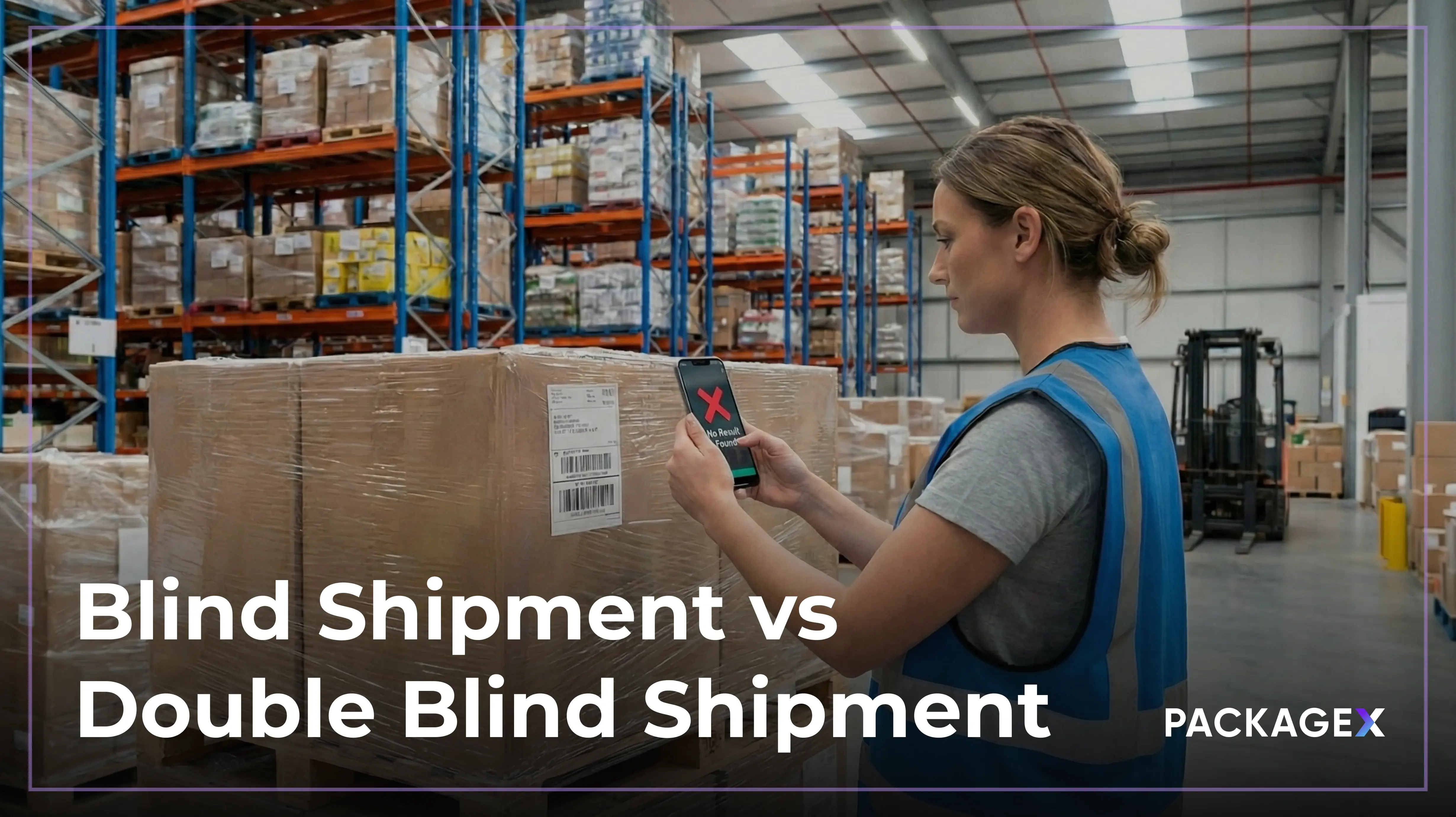Augmented Reality (AR) is emerging as a transformative force in various sectors, with logistics being one of the primary benefactors. This cutting-edge technology is reshaping the supply chain by enhancing visibility, improving accuracy, and creating interactive experiences.
AR equips logistics with a blend of digital and physical worlds, overlaying digital information onto the real world. This integration is revolutionizing the way logistics companies approach tasks such as warehousing, transportation, and delivery.
In the retail sector, AR is proving to be a game-changer within logistics. By integrating AR technology into warehousing and inventory management, retailers are streamlining their operations significantly. For instance, AR-enabled devices allow warehouse workers to visualize inventory information in real-time as they navigate through shelves, expediting the picking process and minimizing errors.
This article will explore the evolution of AR in logistics, highlighting the key components of an AR-enabled logistics ecosystem and showcasing real-world applications. The aim is to understand how AR is not just an innovative addition but a necessity in the evolving landscape of logistics.
Evolution of AR in Logistics
Early adoption
Initially, AR found its application in logistics primarily for warehouse operations. Companies began using AR for tasks like picking and placing goods in warehouses. With the help of AR headsets, workers could see digital overlays on physical objects, which guided them to the right location and provided information about the items.
This early adoption of AR showcased its potential to streamline warehouse operations, making them faster and reducing errors. It also demonstrated AR's capability in training and guiding personnel through complex logistics environments.
Expansion into advanced applications
As AR technology matured, its applications in logistics became more comprehensive and sophisticated.
- Enhanced training and maintenance: AR provides interactive training modules for logistics staff. It allows for virtual simulations of real-world scenarios, enabling workers to gain experience in a controlled, digital environment. Additionally, AR aids in equipment maintenance by overlaying digital instructions and diagrams, helping technicians perform repairs and maintenance efficiently.
- Improved delivery and navigation: In transportation, AR assists drivers with navigation by providing real-time information overlay on their field of vision. This technology can highlight the optimal routes, alert drivers to potential hazards, and offer real-time traffic updates.
- Interactive loading and unloading: AR helps in loading and unloading processes by visualizing the best way to arrange packages in a vehicle or container, maximizing space utilization and ensuring stability.
Components of AR in logistics
Component #1: AR devices
AR devices in logistics include a range of hardware designed to superimpose digital data onto the physical world.
The most common are headsets and smart glasses, like Microsoft HoloLens and Google Glass, which offer hands-free operation, crucial for tasks requiring manual handling. These devices come equipped with built-in displays, cameras, and sometimes even voice control, allowing workers to interact with the digital overlays without interrupting their workflow.
Mobile devices, such as tablets and smartphones, are also widely used for AR in logistics. They are more accessible and can be easily integrated into existing operations. These devices leverage their cameras and screens to display AR content, providing a flexible and cost-effective solution.
The effectiveness of these devices depends on factors like field of view, battery life, comfort, and the ability to work in various lighting conditions. Advancements in AR device technology continue to address these challenges, making them more adaptable to the diverse environments found in logistics.
Component #2: Software applications
Software applications are the backbone of AR systems in logistics. These applications are designed to process data from various sources and create the digital overlays seen through AR devices. They range from simple visual guides to complex interactive systems that can provide real-time information about inventory, navigation, and task management.
These applications are often customized to meet specific logistics needs. For example, in a warehouse, an AR application might display the most efficient route to pick items, while in transportation, it could show real-time traffic updates and delivery information.
Integration with existing Warehouse Management Systems (WMS) or Transportation Management Systems (TMS) is also crucial, allowing for seamless data flow and maximizing the utility of AR.
Component #3: Sensors and cameras
Sensors and cameras play a pivotal role in the functionality of AR in logistics. These components are essential for capturing information about the surrounding environment and the user's interactions within it. For instance, depth sensors and cameras help in understanding the layout of a space, facilitating accurate overlay of digital information.
In logistics, these sensors can be used to track the movement of goods and equipment, ensuring accurate placement of virtual elements in the physical world. They also enable gesture and voice recognition, allowing for intuitive interaction with the AR system. The precision and reliability of these sensors directly impact the effectiveness of the AR experience.
Component #4: Data analytics
The vast amount of data generated by AR systems in logistics is a goldmine for optimization and decision-making. Data analytics tools are employed to process this data, offering insights into operations like inventory levels, equipment status, and workflow efficiency.
These analytics can be used for predictive maintenance, identifying potential equipment failures before they occur. They also help in optimizing routes for transportation, reducing fuel costs and delivery times. In warehousing, data analytics can improve space utilization and inventory management, leading to increased efficiency and reduced operational costs.
The integration of AR with Big Data and AI technologies is further enhancing the capabilities of AR in logistics, providing more sophisticated analytics and predictive models. This combination allows logistics companies to move towards a proactive rather than reactive management style.
Real-world applications of AR in Logistics
DHL improves picking efficiency by 25% with augmented reality
DHL has made significant strides in warehouse efficiency with its successful augmented reality (AR) pilot project in a warehouse in the Netherlands. In collaboration with Ricoh and Ubimax, DHL employed smart glasses and AR to implement 'vision picking' in their warehousing operations. This innovative approach enabled warehouse staff to be guided through their tasks with visual cues displayed on smart glasses, streamlining the picking process and minimizing errors.
This pilot project not only proved the practical value of AR in logistics but also achieved a remarkable 25% increase in picking efficiency. Jan-Willem De Jong, Business Unit Director Technology at DHL Supply Chain Benelux, emphasized the transformative impact of 'vision picking', highlighting its role in enhancing productivity and offering substantial benefits to their customers. This development marks just the beginning of DHL's journey in integrating AR technology across various supply chain segments.
The pilot aimed to evaluate the technology's benefits and limitations over three weeks. During this period, warehouse staff in Bergen op Zoom used head-mounted displays like Google Glass and VuzixM100, which presented essential task information such as product location and quantity. This experiment involved 10 order pickers handling over 20,000 items and completing 9,000 orders. The result was a significant improvement in speed and accuracy, with staff performing tasks faster and error-free.

XPO transforms warehouse efficiency with AR and VR
XPO's adoption of AR in its warehouses has been particularly impactful as it has allowed for the display of diagrams and essential information directly in the field of vision of its workers. This innovative approach aids in accurately picking and collecting goods, as described by Mario Harik, XPO’s Chief Information Officer. By ensuring workers validate the correct object during the picking process, AR technology significantly reduces the likelihood of errors and improves overall operational efficiency.
In addition to AR, XPO Logistics has also embraced VR for both training and marketing purposes. The use of Oculus for Business headsets in their training programs has led to notable improvements in learning retention and productivity. Trainees experience a repeatable 3D environment that not only reduces the time required to reach target productivity levels but also minimizes waste and errors in cross-dock and driver operations.
The business case for AR in logistics
AR is making significant inroads in the logistics industry, with its market poised for exponential growth. Precision Reports estimates that the global AR in logistics market, valued at $35 billion in 2021, is projected to soar at a substantial CAGR of 39% and reach $246 billion by 2027. This escalating trajectory underscores the industry's recognition of AR's transformative potential.
Considerations for implementing AR in logistics
How will Augmented Reality (AR) technology enhance our operational efficiency and accuracy?
Integration of Augmented Reality (AR) technology into logistics promises a significant leap in operational efficiency. By providing real-time data overlays on asset location, inventory monitoring, and task guidance, AR enables improved resource allocation, minimized downtime, and heightened accuracy in logistics operations. This, in turn, amplifies overall productivity and operational effectiveness.
Which devices can we use for augmented reality?
When implementing AR solutions into logistics, there are several pieces of hardware to consider. Various logistics software providers offer AR hardware and software for specific use cases while major companies like Apple also offer AR technology. For example, the Apple Vision Pro was recently released for a variety of business use cases and could eventually support warehousing operations in retail and other industries.
What can we use these AR devices for?
One key application involves optimizing the receiving process. By utilizing mobile devices, headsets, or glasses coupled with a person at the receiving desk, AR facilitates the automation of this operation. This is achieved through the integration of shipping label APIs, bills of lading APIs, and applications like the PackageX Receive app that can be integrated with Apple Vision Pro and other devices.
What is the expected return on investment and the payback period for implementing AR solutions?
The ROI associated with AR implementation in logistics is contingent on multiple factors, including the scale of deployment, types of AR technology utilized, and specific application scenarios. Typically, AR solutions contribute to cost savings through heightened workforce efficiency, reduced errors, and enhanced task completion times. The payback period varies, often ranging from a few months to a couple of years, determined by the attained efficiency gains and cost reductions.
How will AR technology seamlessly integrate with our existing systems and infrastructure?
Critical assessment of the compatibility between Augmented Reality (AR) technology and existing logistics systems and infrastructure is essential. Seamless integration of AR solutions with current logistics management systems, Warehouse Management Software (WMS), and operational tools is pivotal to ensure uninterrupted data flow and to avoid disruptions in ongoing processes. Additionally, considerations for staff training and potential infrastructure upgrades should be factored in to support the seamless integration and utilization of AR technology.
{{returns-webinar}}
Navigating the integration of AR in logistics
Step 1: Identify areas for AR integration
Initiate the process by conducting a comprehensive analysis of logistics operations to pinpoint potential areas benefiting from AR integration. Focus on enhancing real-time asset tracking, optimizing inventory management, and refining warehouse operations through AR-enabled devices.
Step 2: Craft a strategic implementation plan
Develop a meticulous plan delineating objectives, targeted AR technologies, and anticipated outcomes aligned with broader business strategies. Addressing operational challenges directly within this plan ensures a seamless AR integration into existing workflows.
Step 3: Collaborate with AR solution providers
Forge partnerships with experienced AR solution providers well-versed in logistics. These collaborations are pivotal in selecting suitable technologies and executing effective integrations tailored to your specific operational requisites.
Step 4: Pilot and expand
Implement pilot projects to test selected AR solutions in controlled environments. These pilots furnish crucial data and feedback, enabling necessary adjustments before scaling up AR technology across wider logistics operations.
The integration of AR heralds a transformative era in logistics, presenting a paradigm shift in operational management and execution. Embracing AR not only amplifies operational efficiency but also fosters a more responsive, transparent, and customer-centric supply chain. Logistics companies poised to harness the potential of AR are set to lead the charge toward a more innovative and efficient future.




